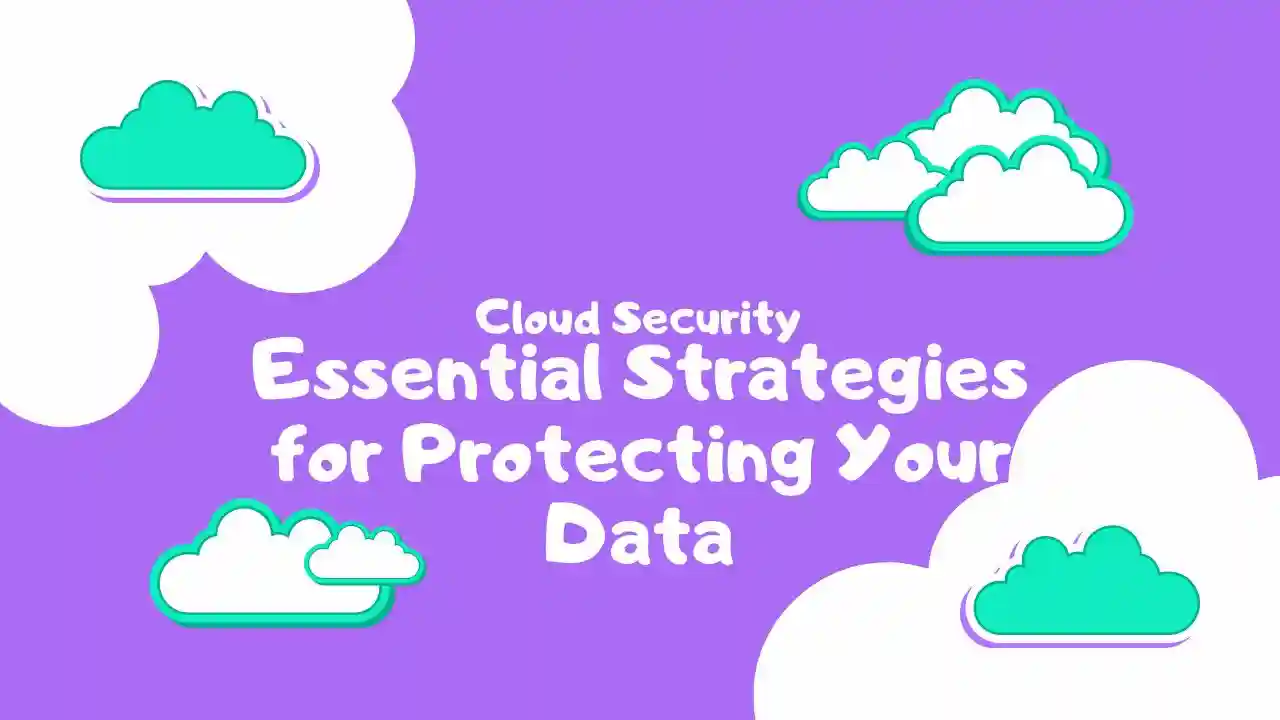IT Certification Roadmaps: Navigate Your Path to Success
Aug 05, 2024 - IT Certifications

In the era of digital transformation, cloud security has become a critical concern for businesses and individuals alike. As organizations increasingly migrate to cloud environments, safeguarding data and maintaining robust security measures are paramount. Cloud security encompasses a broad range of strategies and technologies designed to protect your data, applications, and infrastructure from cyber threats and unauthorized access. This guide delves into the essential aspects of cloud security, offering actionable insights and best practices to ensure your cloud environment remains secure.
Cloud security refers to the set of measures, technologies, and policies implemented to protect data and applications stored in cloud environments. It involves securing cloud infrastructure, applications, and data from various threats, including cyber-attacks, data breaches, and unauthorized access. Effective cloud security helps organizations maintain data integrity, privacy, and compliance with regulatory requirements.
Managing who has access to your cloud resources is crucial for maintaining security. Implementing strong access controls helps prevent unauthorized access and reduces the risk of data breaches.
Identity and Access Management (IAM): Use IAM solutions to control and monitor user access to cloud resources.
Multi-Factor Authentication (MFA): Enhance security by requiring multiple forms of verification before granting access.
Role-Based Access Control (RBAC): Assign permissions based on user roles and responsibilities to minimize access to sensitive data.
Encryption is a fundamental aspect of cloud security that ensures your data remains protected both at rest and in transit. Encrypting data adds a layer of security that makes it difficult for unauthorized parties to access or decipher it.
Data Encryption: Use strong encryption algorithms to protect data stored in the cloud.
Transport Layer Security (TLS): Implement TLS to secure data transmitted between users and cloud services.
Key Management: Manage encryption keys securely and ensure they are regularly updated and rotated.
For insights on the benefits of cloud computing, including how encryption plays a role, explore our article on The Benefits of Cloud Computing.
Continuous monitoring and auditing are essential for detecting and responding to security threats in real-time. Implementing monitoring solutions helps you stay informed about potential vulnerabilities and security incidents.
Security Information and Event Management (SIEM): Use SIEM tools to collect, analyze, and respond to security events.
Cloud Security Posture Management (CSPM): Regularly assess your cloud environment for misconfigurations and vulnerabilities.
Incident Response Plans: Develop and test incident response plans to address security breaches effectively.
Compliance with industry regulations and standards is a critical aspect of cloud security. Adhering to legal and regulatory requirements helps protect data and maintain trust with stakeholders.
Data Protection Regulations: Comply with regulations such as GDPR, CCPA, and HIPAA to ensure data privacy and protection.
Security Certifications: Choose cloud providers that hold relevant security certifications, such as ISO 27001 or SOC 2, to ensure they meet stringent security standards.
Regular Audits: Conduct regular audits to verify compliance with regulatory requirements and industry best practices.
Understand and adhere to the shared responsibility model, where cloud providers and customers each have specific roles in maintaining security. While providers manage the security of the cloud infrastructure, customers are responsible for securing their data and applications.
Provider Responsibilities: Ensure that your cloud provider adheres to security best practices and maintains a secure infrastructure.
Customer Responsibilities: Implement security measures for your applications, data, and access controls.
Employee training and awareness are crucial for preventing security incidents caused by human error. Ensure that your staff understands cloud security policies and best practices.
Security Awareness Programs: Conduct regular training sessions on cloud security threats and practices.
Phishing Prevention: Educate employees on recognizing and responding to phishing attempts and other social engineering attacks.
Leverage advanced security tools and solutions to enhance your cloud security posture and protect against evolving threats.
Firewall and Intrusion Detection Systems: Deploy cloud-based firewalls and intrusion detection systems to monitor and protect against malicious activities.
Data Loss Prevention (DLP): Implement DLP solutions to prevent unauthorized data access and exfiltration.
Cloud security is a multifaceted domain that requires a proactive and comprehensive approach to protect your data and applications from threats. By implementing robust access controls, encrypting data, monitoring cloud environments, and ensuring regulatory compliance, you can strengthen your cloud security posture and safeguard your valuable assets. For more information on cloud computing fundamentals and security strategies, explore our related articles on Understanding the Cloud and Types of Cloud Computing.
Embracing these cloud security best practices will help you navigate the complexities of cloud environments and maintain a secure, resilient infrastructure.
Copyright © 2025 ByteTechBlog By infyable.com. All Right Reserved.